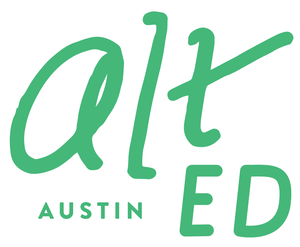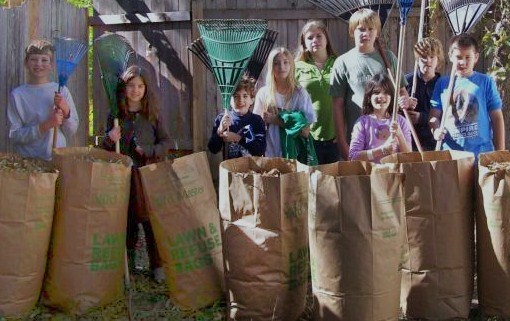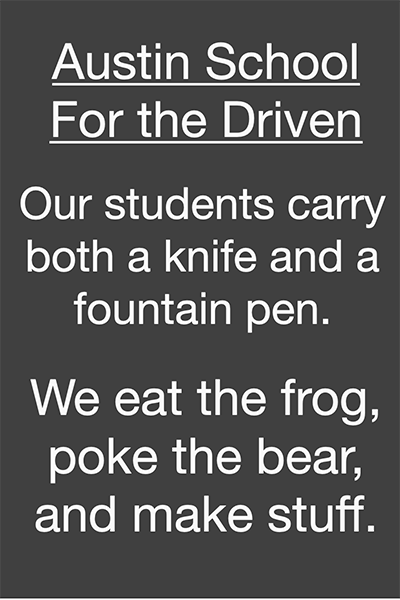A space for true collaboration
/Emily Hurd teaches for the Austin Tinkering School and also runs Creatures Habitat. Adapted from a photo essay she recently published on her own blog, this guest post takes a close look at a pivotal moment of collaborative decision making during a Spring Break camp for three- to seven-year-olds that Emily codirected.
Today the kids destroyed half of Cardboard City

. . . and relocated the other half to the top of the hillside overlooking the house.

The kids were not unified in their desire to destroy the town. They came to this decision during a town hall meeting in which they reached consensus about which direction to go with the project on the second day of its existence.
This is what Cardboard City looked like when we assembled and painted it yesterday morning:

This morning, a couple of kids began to destroy the city—excitedly so, with “evil” voices and heh-heh-heh laughter. They wanted to see how quickly the cardboard would biodegrade. Needless to say, those who were not ready to be finished with the project were fuming.
I called a town meeting to try to reach resolution before people got really angry. I pointed out that some people wanted to destroy the town and others did not think that was OK. They were then free to discuss. I moderated the discussion, made sure every voice was heard, and kept us moving along in a timely manner. My partner, James, and I wanted to honor the authenticity of this learning experience that had bubbled up naturally.
The kids really seemed to enjoy it. Almost everyone spoke up about how he or she felt about the issue. After a long, long while, we urged the group to come to an agreement. We asked them how long they needed to reach a decision. Three minutes. James and I left them to discuss and argue, and shortly returned to inquire about their decision. They would count the number of houses and divide that in half. One half would be relocated to the hillside as the remaining town; the other half would be destroyed. The group had reached consensus. They were thrilled! It was one of those electric moments when you can hear the energy buzzing about.
The destroyers even helped the preservationists relocate their homes.

The new town was relocated to the top of the hillside by the chicken coop.

The old town was destroyed with water and might.

A rebel in the group started salvaging houses that weren’t yet destroyed and moving them up to the new town.

A preservationist returned to the destroyed town to mark its existence with a green plant.

The beauty of this process for me was that the kids were able to work through so many issues together, and with a minimal amount of interference from adults. It was a collaborative project. The kids created the town, and then, when they began to disagree about what direction to go with the project, we worked together in a playful way to come up with a resolution—on their terms.
The project grew into something that clearly illuminated that we can have different feelings and desires, we can express them to one another, and we can reach agreement on how to move forward together. It was true collaboration!!!! So beautiful!
Emily Hurd













